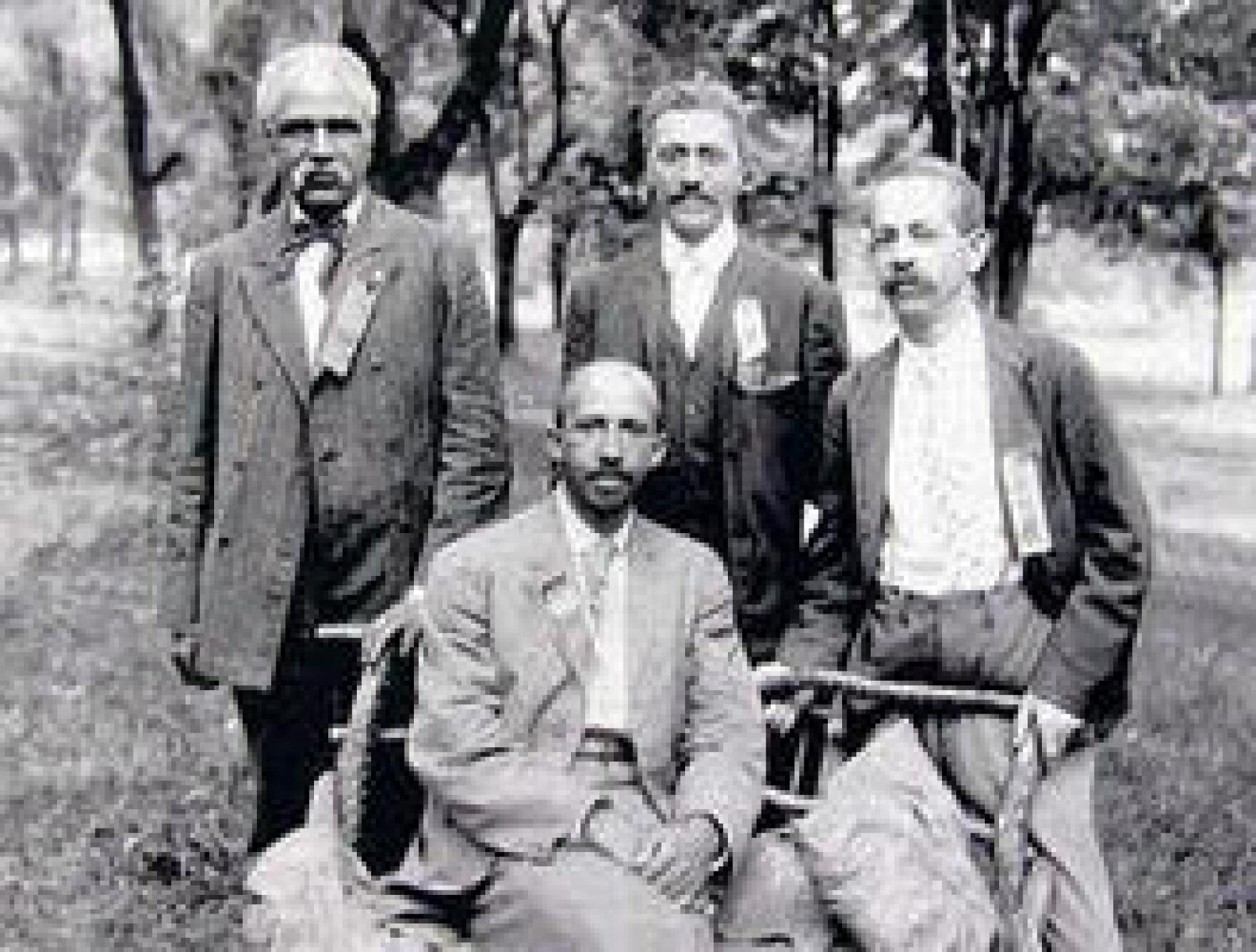Tony Levin: The Groove Abides
Tony Levin needs no introduction. Most likely, you have heard Tony playing bass; you just didn't know it. I first met...
Continue Reading Take Me to More News
The Niagara Movement—an important civil rights group—held its first public meeting at Harpers Ferry’s Storer College on August 15, 1906.
The movement emerged from increasing philosophical differences between Booker T. Washington—the most powerful black leader of his day—and more radical intellectuals.
While Washington wanted to work more closely with the white community to improve African-Americans’ economic status, his critics—led by W. E. B. DuBois, William Monroe Trotter, and others—urged a more militant approach.
The one-year-old movement was named for an earlier meeting at Niagara Falls. The leaders chose Harpers Ferry for its first public meeting in honor of abolitionist John Brown, who’d led an ill-fated raid on the town’s armory in 1859.
The 1906 assembly included a barefoot pilgrimage to John Brown’s Fort, and DuBois dedicated the group’s mission to Brown. Although most of the Niagara leaders were not from West Virginia, J. R. Clifford—a graduate of Storer College and West Virginia’s first black lawyer and newspaper publisher—played an active role.
The Niagara Movement dissolved in 1911, when DuBois suggested forming a new interracial group: the NAACP.